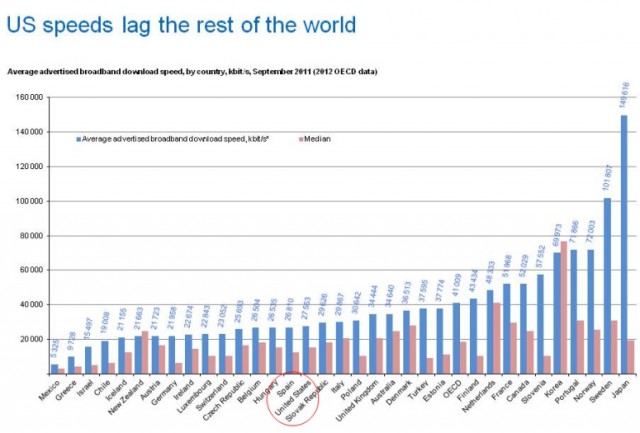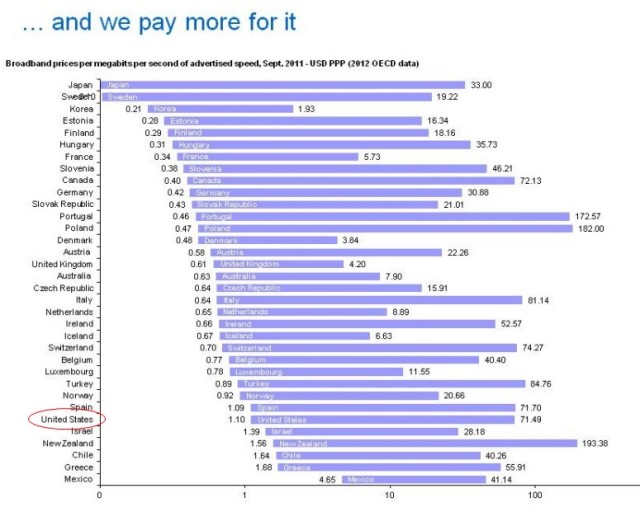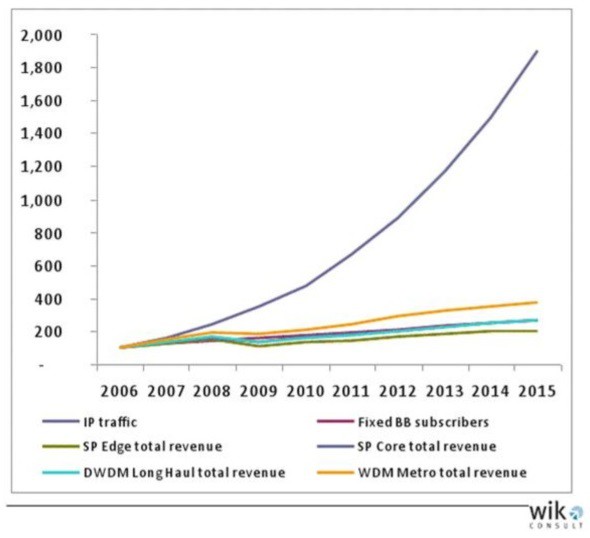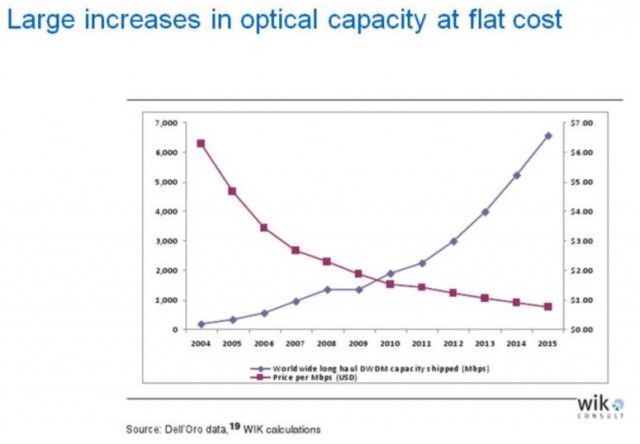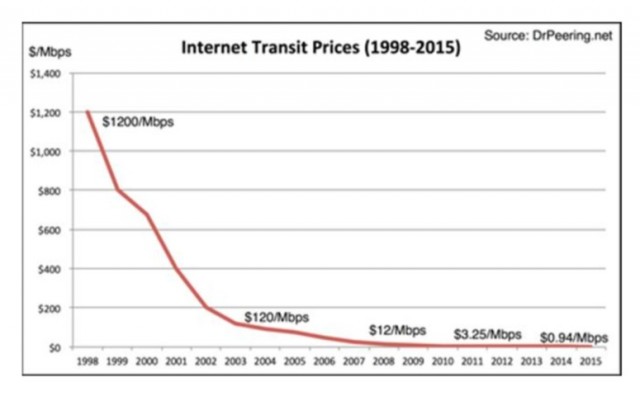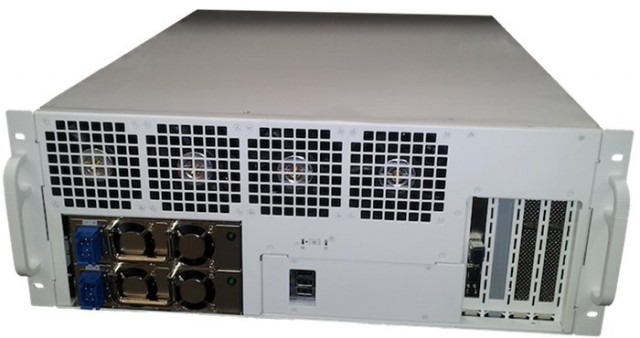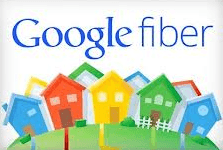 The city of Olathe, Kansas will be the next home for Google Fiber, according to an announcement published yesterday on the Google Fiber Blog.
The city of Olathe, Kansas will be the next home for Google Fiber, according to an announcement published yesterday on the Google Fiber Blog.
The Olathe City Council unanimously approved an agreement to wire the city for the benefit of its 127,000 residents, located 20 miles southwest of Kansas City.
This is the first expansion of Google Fiber outside of the immediate Kansas City area, but unlikely to be the last.
Rich Greenfield from BTIG Research predicts Google will likely announce a second major city for its fiber network sometime this year. Olathe doesn’t qualify at that city because it technically within the greater Kansas City metropolitan area.
The agreement with the Olathe City Council also includes permission to build a city-wide Wi-Fi network.
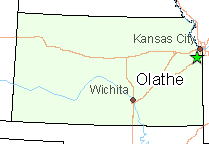 Google noted the city’s willingness to cut red tape and to ease the introduction of the service were partly determining factors. Google earlier cited the importance of having a smooth working relationship with utility companies and local government officials that make fiber installation a lot easier.
Google noted the city’s willingness to cut red tape and to ease the introduction of the service were partly determining factors. Google earlier cited the importance of having a smooth working relationship with utility companies and local government officials that make fiber installation a lot easier.
Comcast will be Google’s largest competitor in the city.
“We think that fiber and widespread Internet access will help to create jobs, grow local businesses, and make Olathe even stronger as it grows,” said Rachel Hack, community manager for Google Fiber. “We still have a lot of planning and engineering work to do before we’re ready to bring fiber to Olathe. Once we get those processes underway, we’ll be able to announce more about pre-registration and construction timing.”
[flv width=”640″ height=”380″]http://www.phillipdampier.com/video/KCTV Kansas City Olathe OKs Google Fiber Deal 3-19-13.mp4[/flv]
KCTV in Kansas City reports the Olathe City Council unanimously approved the entry of Google Fiber into the community of 127,000. (2 minutes)
[flv width=”640″ height=”382″]http://www.phillipdampier.com/video/KMBC Kansas City Olathe OKs Google Fiber deal 3-20-13.flv[/flv]
KMBC in Kansas City notes Olathe is Kansas’ fastest growing city, but Google’s decision is leaving residents of larger cities like Overland Park feeling left out. But Olathe already has a lot of pre-existing fiber installed independent of Google, making it easier to provide service. (2 minutes)


 Subscribe
Subscribe Both Time Warner Cable and Verizon don’t think you want or need gigabit fiber broadband — the kind of service now available in Kansas City from Google Fiber.
Both Time Warner Cable and Verizon don’t think you want or need gigabit fiber broadband — the kind of service now available in Kansas City from Google Fiber.
